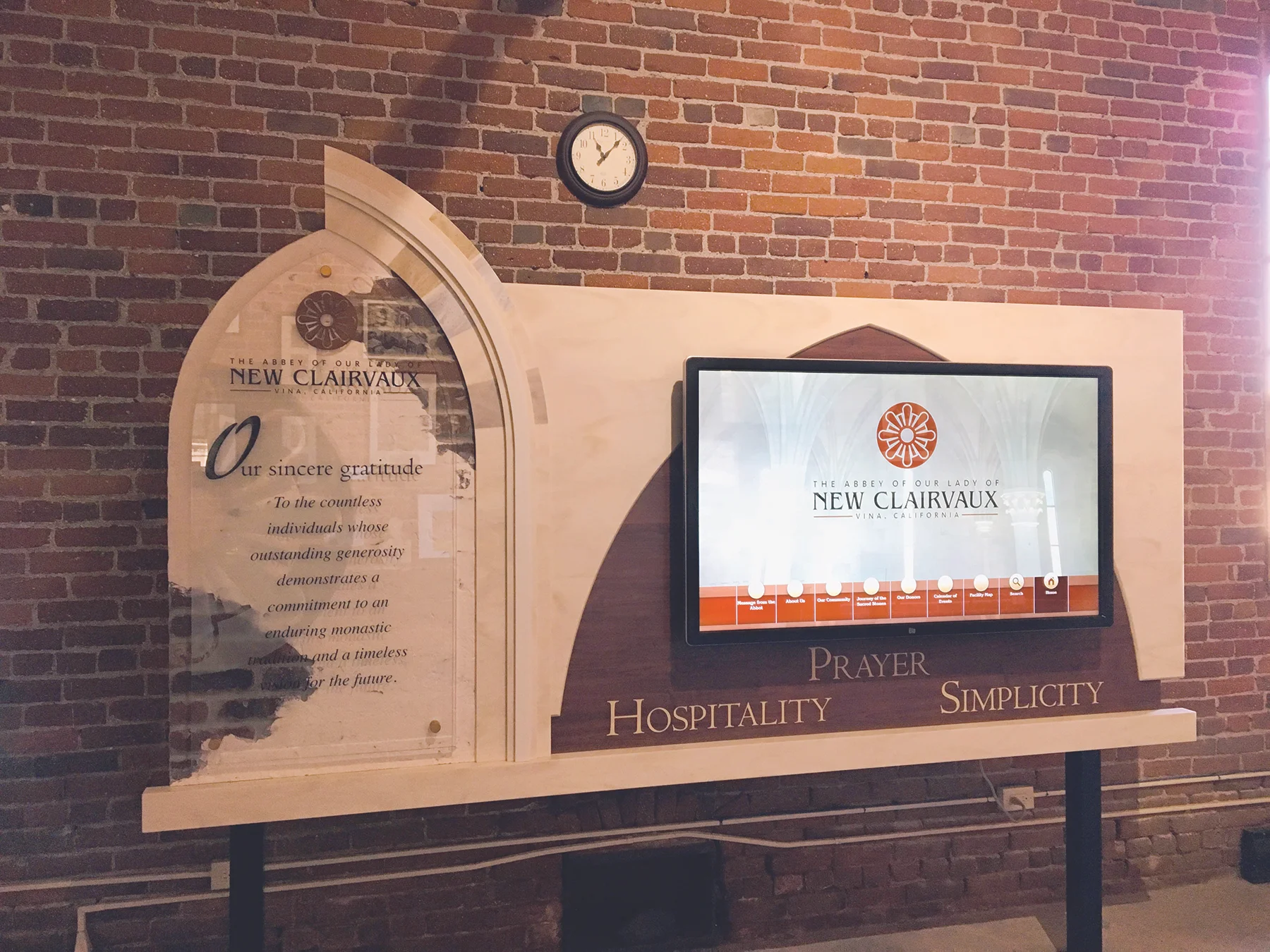At one point or another in their careers, nonprofit professionals who are serious about taking their mission to the next level should carefully study the donor journey and all its components. This spans from the time an individual initially shows interest in the nonprofit’s cause all the way through to when they donate and receive thoughtful recognition for that contribution. From here, the nonprofit’s ongoing outreach to the donor should inspire them to stay involved, and the cycle continues as they decide to give again and again.
By taking this studious interest in the donor journey, nonprofits work to make that journey an even better experience for their supporters. And often, nonprofit professionals find that the most pressing issue in the donor journey is a less-than-optimal digital donation form.
Your donation form is arguably the most important part of your website and your online fundraising altogether. It’s where you convert supporters of your mission into donors, and every part of your donation form works together to complete that conversion. This is why it is so important to focus your efforts on making your donation form the best it can be.
If you’re unsure of where to start, you’re not alone. Many nonprofit professionals are amateurs when it comes to having the necessary web design experience and skills to optimize giving forms. That’s why we’ve created this short guide. In it, we’ll highlight three of the tips contained in Morweb’s guide to effective donation page design:
Your donors want a quick, easy online donation experience that feels connected to your broader mission. It’s well worth your while to hone in on your donation form and do what you can to improve it. As you implement these three tips, consider asking a volunteer or staff member to test out your donation form and give you feedback. Even informal feedback can be of great help since it’ll give you another person’s perspective on how you can improve your form.
Let’s dive in!
Leverage your visual brand.
First impressions matter, and the look of your online donation form is what will make that first impression with a potential donor. The visual elements of your form, when designed well, can signal continuity with the rest of your website, professionalism, and a strong connection between your cause and the process of donating.
To create a donation form that catches a donor’s attention and convinces them to continue with the process of submitting their gift, you’ll need to incorporate your visual brand into the design of the form. Your visual brand helps you represent your mission visually and sets your nonprofit apart from other organizations. Here are the elements that you’ll need to incorporate into your form:
Colors: Colors can create a certain mood or “feel” for your donation page. A pale yellow donation page might, for example, create a feeling of calming optimism or positivity. Colors can also be overdone, leading to a donor feeling overwhelmed by the look of your page. This is why you’ll likely want to steer clear of overstimulating colors like a neon pink or purple donation form.
Images: Using images on your donation form is a great strategy for reminding donors about your cause. Your organization might, for example, provide math tutoring to at-risk elementary school students. In that case, it would be logical to include a picture of a tutor working with a student on your donation page, as this image would help communicate what your donors’ contributions will be helping to fund.
Logos. A logo is a visual representation of your organization. This might be an abstract design, a picture of a mascot or emblem, or a letterwork design. Your logo can be another reminder of your cause, and including it on your donation form can help the page look more professional and authoritative.
Slogans. Slogans or taglines are written phrases that sum up what your organization’s mission is. The best slogans are short and to the point. For example, a humane society might choose the slogan, “Finding homes for New York’s furry friends.” Putting this slogan on your donation form can serve as yet another reminder of your mission, motivating your donors to give so you can continue pushing your work forward.
When it comes to conveying your visual brand on your donation form, remember that consistency is key. Matching your donation form branding to the branding on the rest of your website will ensure that your entire website looks authoritative and trustworthy, helping to boost your reputation in the eyes of your target audience and donors.
2. Use a minimalist design.
When it comes to nonprofit website design, less is truly more, as exhibited by Morweb’s roundup of the best nonprofit websites. The principle of minimalism extends to your donation form design, too.
By the time a donor gets to your donation form, the last thing they want is to spend hours sifting through a cluttered form with too many instructions, desperate donation appeals, and a slew of images that slow down the page load speed. This means that your donation form design should be focused on the overall utility of the form, rather than how flashy or ornamental you can make it.
This doesn’t mean you have to give up on incorporating your visual brand into your donation form. Rather, you have to be deliberate about where you place those branded elements and how they contribute to the overall user experience of the page.
Here are some additional ways to maintain a minimalist design on your form:
Put the focus on giving to your mission. Why does a website visitor click through to your donation form? Because they feel inspired to contribute to your cause. Make it easy for them to follow through with that inspiration by focusing on your core work, not last year’s gala or your most recent blog post. Choose visual elements that remind them of that purpose and design the form so they can easily donate to help you fulfill that purpose.
Use white space. White space is simply the space in between different elements on a donation form, like question fields or photos. Putting white space in between elements makes a page look less cluttered, giving a user “breathing room” to read through instructions, fill out questions, and enter payment information.
Keep the questions to a minimum. Avoid asking your donors too many questions. Otherwise, you risk slowing down the donation process or even frustrating a donor to the point where they abandon their gift altogether. Though it can be tempting to ask a lot of questions to collect useful donor data, try to stick to just the basics such as contact information, donation amount, and payment information. If you must ask more questions, mark them as optional on the form.
Donors want the giving experience to be quick and easy. The more minimalistic you make your donation page design, the better. This will not only increase the likelihood that your website visitors will complete their gifts — it will also encourage them to return and give again!
3. Offer multiple giving options.
Let’s compare two scenarios:
Scenario One: A potential donor hears about your nonprofit on Giving Tuesday and feels inspired to commit to making a monthly donation to your cause. They navigate to your donation form and find that a monthly donation isn’t an option, which means they’ll have to mark their calendar and remember to give on a monthly basis. They give a donation and resolve to return to your donation page, but end up forgetting to donate again the following month.
Scenario Two: The same donor navigates to your donation form and sees there are multiple options available for how they can contribute to your cause. In addition to setting up a monthly donation, they can also choose to sponsor a specific beneficiary or check their eligibility for donation matching. The donor opts in to monthly giving and leaves your donation form satisfied with their donation experience and looking forward to giving again. They become a lifelong donor.
The difference between these two scenarios is the options offered to the potential donor. Giving is a very personal experience, and donors love being able to customize their donation process by taking advantage of different options for increasing their impact.
Here are a few options we recommend you offer on your form:
Suggested Giving Amounts. Suggested giving amounts give a donor a frame of reference for what a “typical” donation amount might be. For instance, if your donor navigates to your donation form planning to give $10 and sees a suggested donation amount of $15 or $20, they might be inclined to increase their gift.
Monthly Giving Program. A monthly giving program allows donors to give consistently to your organization and sets you up with a steady source of revenue. Plus, donors won’t have to remember to give on a monthly basis, as their transaction will be automatically completed each month.
Matching Gifts. Some employers offer to match their employees’ charitable donations with an equal (or larger) financial contribution of their own. You can enable your donors to check their matching gift eligibility by partnering with a matching gift software vendor to embed a matching gifts database on your website. Then, donors can search for their employer and submit their gift matching information.
Branded Merchandise Add-On. Does your organization have an online store for selling branded merchandise like sweatshirts, t-shirts, wristbands, or computer stickers? Connect your store to your form and provide the option for your donors to add on a branded merchandise purchase to their donation. They’ll boost their impact and receive fun merchandise they can use to represent your brand everywhere they go.
Donors love to have the freedom to customize how they give to nonprofits they care about. By providing multiple giving options on your donation form, you’ll communicate to your donors that you appreciate their willingness to give and want to help them magnify their impact and make a difference.
The Gist
Optimizing your nonprofit’s donation form is critical for converting interested supporters into donors and retaining those donors for the long term. As you improve your donation form’s branding, design, and giving options, remember to consider what you know about your donors’ wants and needs. Then, apply that knowledge to enhance the online giving process.
Don’t forget to think beyond your donation form and hone your donor recognition strategies, too. Donor appreciation is just as important as ensuring that your donors complete their donation journey, and prioritizing their engagement post-donation can set your nonprofit up for successful and long-lasting donor relationships.
This post was contributed by Murad Bushnaq. Murad Bushnaq is the Founder and CEO of Morweb. Since its inception in 2014, Murad has acted as Creative Director and Chief Technologist to help nonprofits spread their vision online through engaging design, intuitive software and strategic communication.





